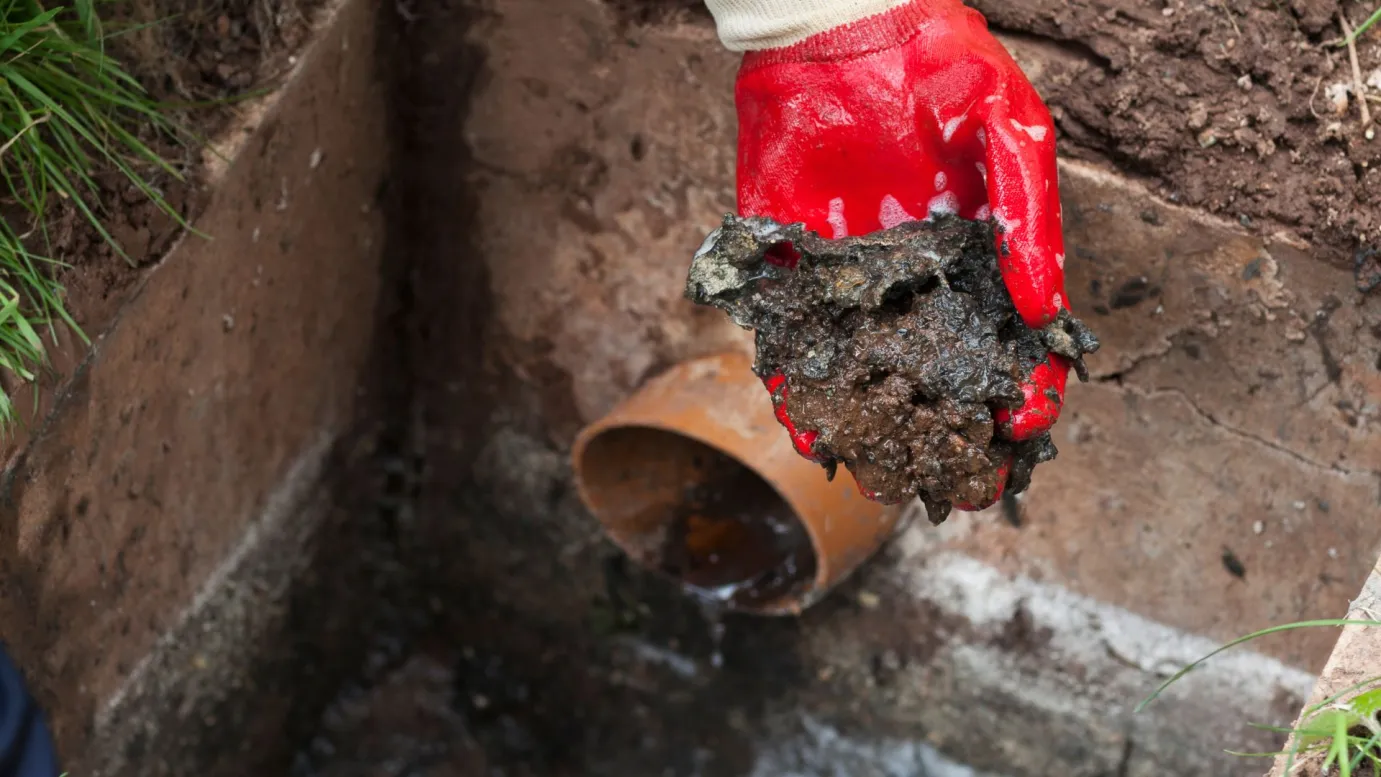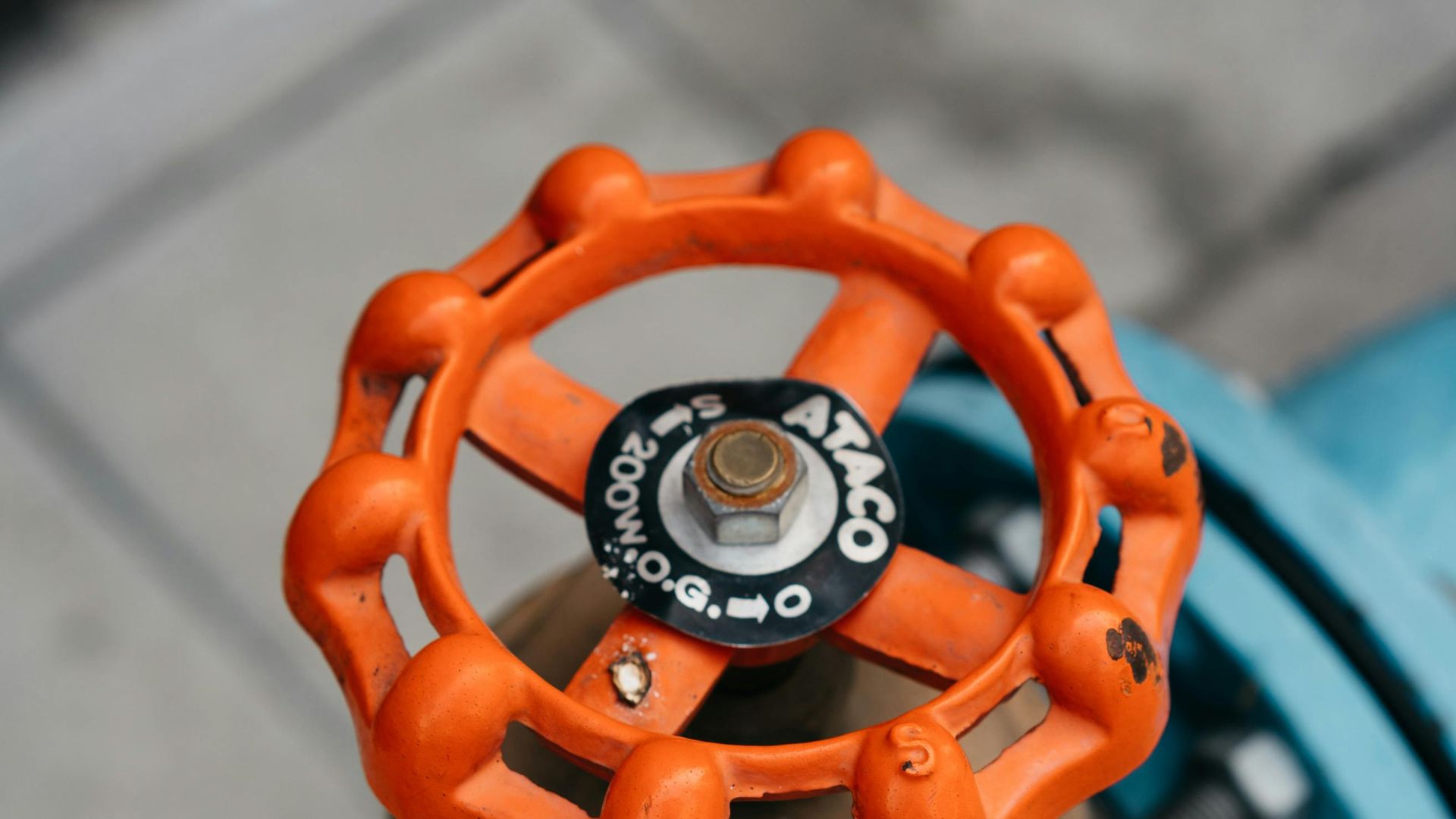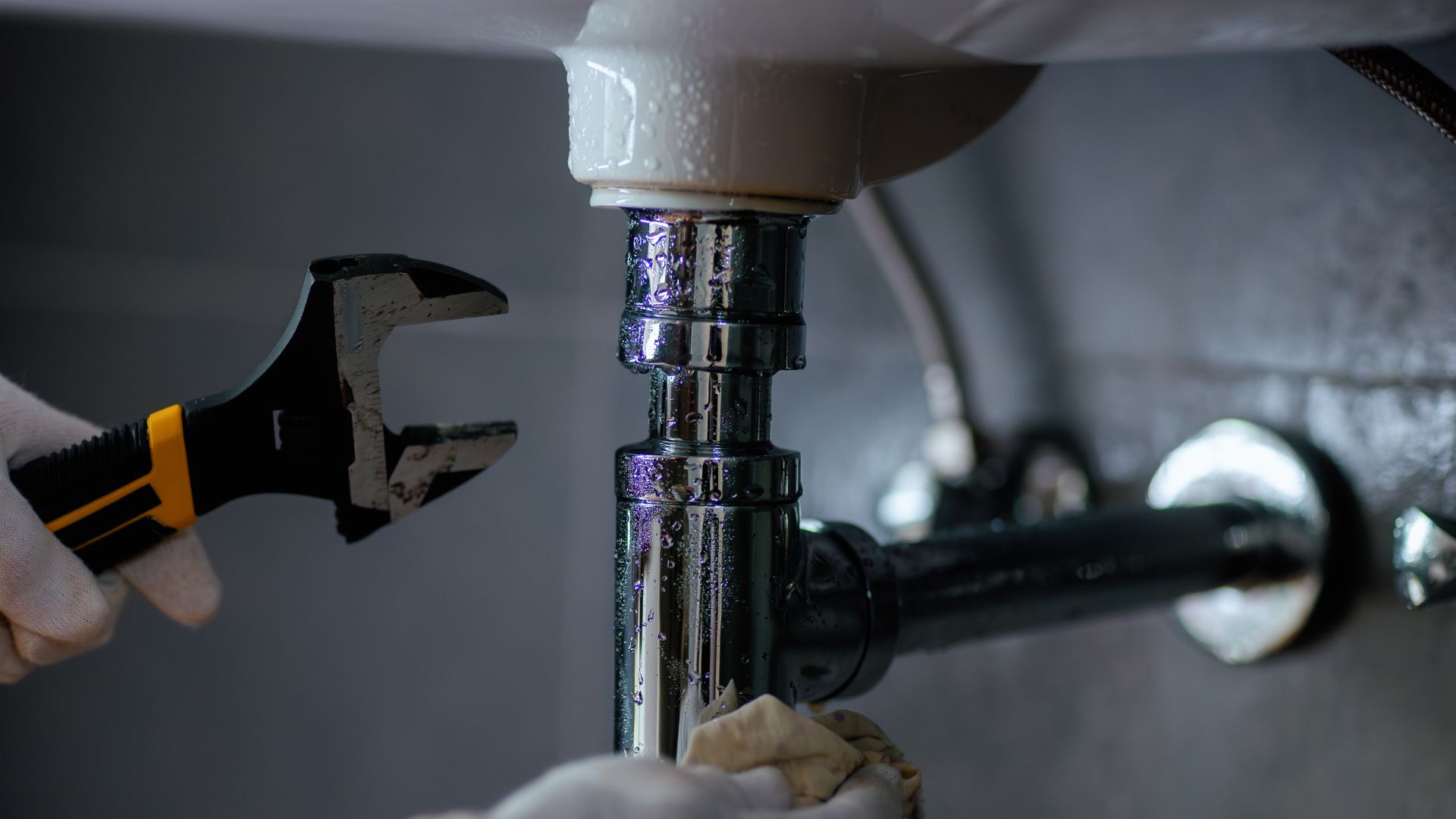Copper pipes are commonly found in homes and businesses for water supply, coming in either soft or rigid forms. One key advantage of copper is its corrosion resistance—plus, it’s lead-free, ensuring safe drinking water. This material is popular in plumbing due to its durability and longevity.
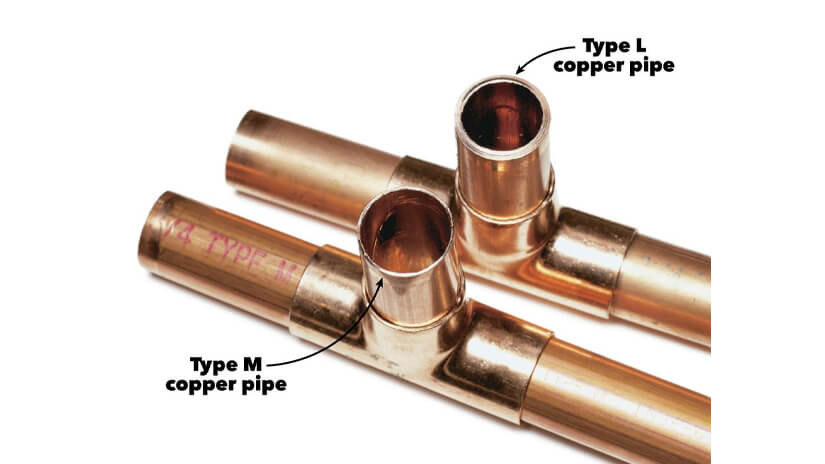
Copper piping is recycled into numerous other materials at the same metal purity, making it sustainable and cost-effective.
With soft copper pipes, you can easily shape and bend them without using tools. On the other hand, rigid copper pipes demand specialised tools for cutting and joining.
Need a Plumbing Service?
What are the different types of copper pipes?
Four commonly used copper pipes are used in residential and commercial plumbing: Type K, Type L, and Type M. Copper DWV piping are used for water supply in older properties. The letters indicate the size and thickness of the walls and their diameter.
Both rigid and soft pipes are essentially the same material, yet they vary in wall thickness and pressure ratings. These characteristics dictate what applications they’re best suited for.
For example, a copper pipe with a thinner diameter and low water pressure rating is unsuitable for construction-grade water delivery. And domestic water supply lines that require minimal water pressure will only need a thinner-sized copper pipe.
These pipes also have colour coding to differentiate the various types and applications.
Types of copper tubing and pipes
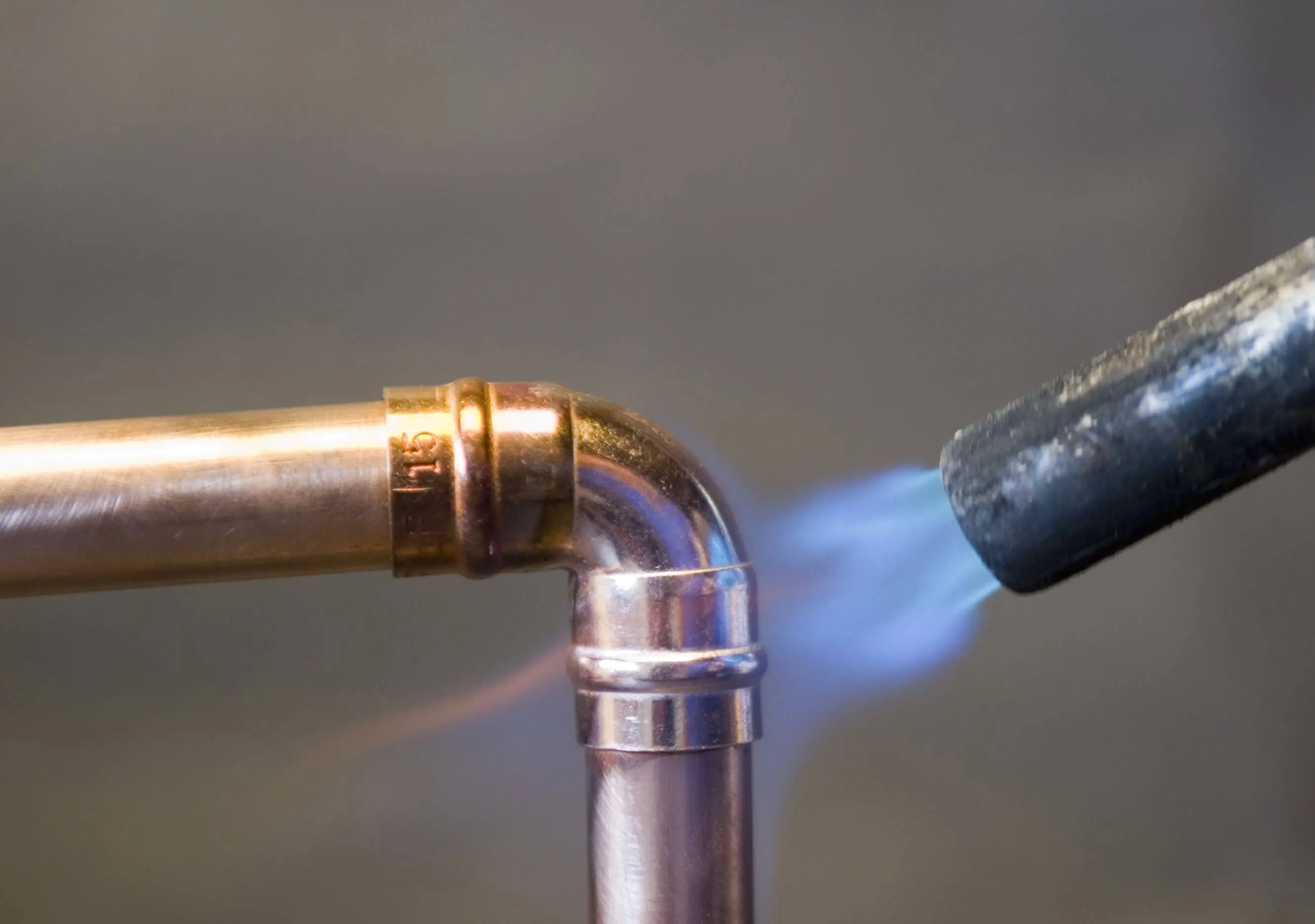
Type K pipe= Green
It is suitable only for underground installation and supplies water into the house. Its wall thickness is the largest and is used for heavy-duty water distribution.
Type L Pipe= Blue
Type L copper pipes have a substantial wall thickness and are ideal for water supply lines. They also have a higher pressure rating for residential properties and are the most common copper pipe used.
Type M Pipe= Red
Type M copper pipes are commonly used for home water supply. Their thinner walls result in a lower pressure rating, making them suitable for general domestic use.
DWV= Yellow
Typically found in older homes, DWV pipes serve plumbing drains and vents. Though they’ve been replaced by PVC or ABS plastic, DWV pipes are still used for above-ground applications.
The different types of copper pipes
Knowing your plumbing system helps you make better decisions on maintenance and cleaning. For instance, preventing blocked drains is easier when you understand your pipes. Copper pipes, notable for their durability and lead-free nature, are present in numerous Australian homes. If you’re buying a property, consider a plumbing checklist to identify pipe types.
We trust this guide has given you insight into the copper pipes and water lines within your home.

